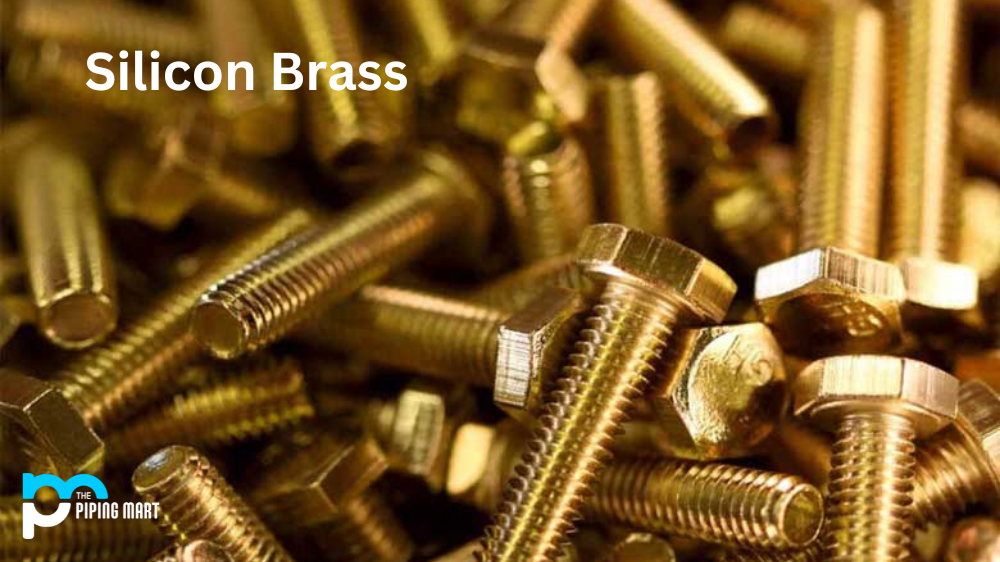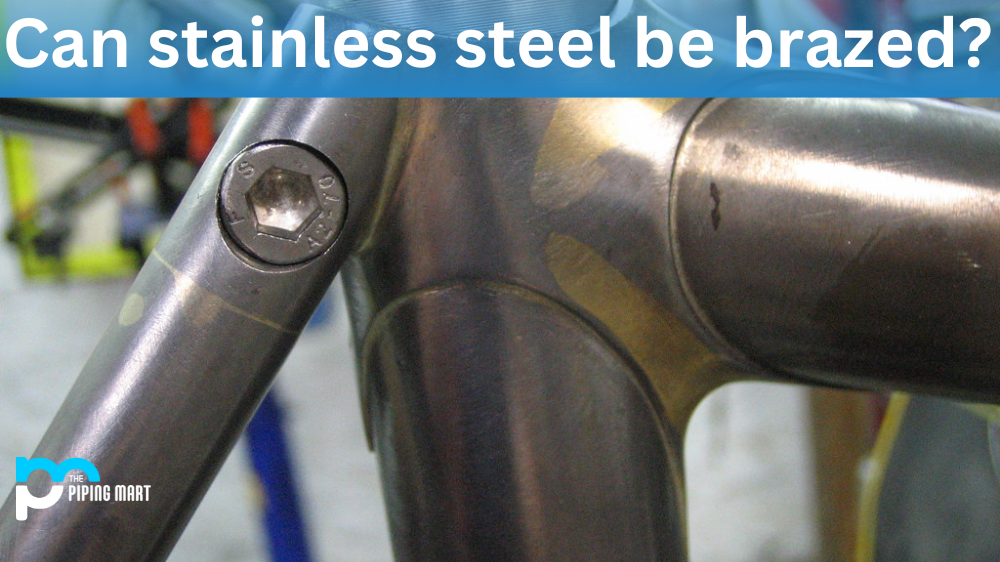Inconel alloys are known for their excellent resistance to heat and corrosion. They’re used in various applications, including aerospace components, engines, and chemical processing equipment. Two of the most widely used Inconel alloys are 750 and 625. Are you curious about the differences between the two? This post explores what sets Inconel 750 and 625 apart.
Difference Between Inconel 750 and 625
Composition
Inconel 750 is a nickel-chromium alloy with high strength and good corrosion resistance at high temperatures. It also contains significant amounts of cobalt and aluminium, which improve its strength and oxidation resistance. Inconel 625, on the other hand, is a nickel-chromium-molybdenum alloy with good strength and corrosion resistance in a wide range of temperatures. It also contains small amounts of niobium and tantalum, which increase its strength and creep resistance.
Temperature Range
Both Inconel 750 and 625 are known for their good high-temperature properties. However, Inconel 750 can withstand slightly higher temperatures than Inconel 625. Inconel 750 can be used in temperatures up to 1,400°F (760°C), while Inconel 625 is typically used at temperatures up to 1,000°F (538°C).
Applications
Due to its high strength and corrosion resistance at high temperatures, Inconel 750 is commonly used in aerospace and gas turbine components, such as turbine blades and wheels. It’s also used in industrial furnaces and chemical processing equipment. Inconel 625, on the other hand, is commonly used in marine and offshore engineering, chemical processing, and nuclear industries. It’s also used in equipment for sour gas service due to its resistance to sulfur-containing environments.
Machining and welding
Due to its high strength and hardness, Inconel 750 is more difficult to machine and weld than Inconel 625. Inconel 625 is easier to machine and weld and is, therefore, more versatile and commonly used in a wider range of applications.
Cost
Inconel 750 is generally more expensive than Inconel 625 due to its higher nickel and cobalt content and incredible difficulty in manufacturing. Inconel 625 is more cost-effective and, therefore, more commonly used in various industries.
Conclusion
Inconel 750 and 625 are high-performance alloys with excellent resistance to heat and corrosion. Although they share some similarities, such as high-temperature properties and corrosion resistance, there are also differences in composition, temperature range, applications, machining, welding, and cost. Therefore, choosing the right alloy for the specific application is important. Hopefully, this comparison between Inconel 750 and 625 has helped you understand their differences better.




